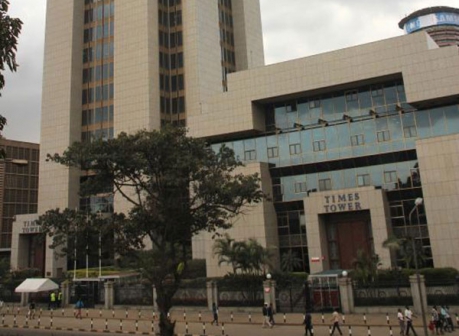
There are three major form of property taxes. The first is rates which are paid to government for provision of services such as street lighting, water sewerage and maintenance of various infrastructure.
The second is stamp duty which is paid on transfer of property by the beneficiary. It is charged at two per cent market value for rural holdings and four per cent for properties in gazetted townships. Minimal Stamp duty is paid on property acquired through succession. But land subject to partition attracts stamp duty.
Exemption to stamp duty is between spouses who must prove that they are married.
The third is capital gains tax, which existed in Kenya but suspended in 1985 and re-introduced in 2015.
The thirty year gap made Kenyans forget about it. Younger generation Kenyans who form a significant portion of property purchasers are not aware about it. This has created confusion with many confusing it with stamp duty leading to claims of double taxation on the same property.
Capital gains tax is charged on the net gains made from property by the transferor (seller). While many other countries charge at the rate of 20 per cent and above, in Kenya the charge is 5 per cent. Due to mis-understanding many transferees (buyers) think its their responsibility to pay, yet this burden falls on the transferor.
Net gain is the excess of the transfer value and adjusted cost. Transfer value is the consideration for the transfer less incidentals cost such as legal fees, advertisement, agents commission, valuation fee and others. Adjusted cost for the property is the cost of acquisition, other relevant incidental costs such as legal fee, valuation fee, survey fees and other maintenance charges.
In a nutshell, the net gain is the profit made from transacting in a property by a transferor after deducting incidental costs and adjusted costs. The transferor is responsible for providing and proving acquisition cost and adjusted cost.
Where information is not available the value is deemed to be equal to the market value of the property at the time it was acquired or based on stamp duty paid.
Documents required for the payment of capital gains tax is the CGT 1 form completed by the seller, sale/ transfer agreement and proof of incidental costs on transfer of property as well as ownership documents.
A report from a registered valuer about the property is also required, self-assessment on taxation by transferor and other document which might be required.
Transactions exempted from CGT are like disposal of property to administrator the estate of a deceased, vesting of property to a liquidator or receiver and transfer of individual residence occupied by the transferor for at least three years before the transfer.
Another exemption is transfer of assets between spouses and former spouses and their immediate family (like children).
The other is sale of land by individual whose proceed is less than Sh3 million, sale of agricultural land by individual outside gazetted townships where the property is less than 50 acres (20.23 ha) and land transfer through charge among others
Whereas in the past compliance rate of CGT was low, the capital gains tax and Stamp duty has been integrated which will lead to high compliance rate. In this regard, the Kenya Revenue Authority and the Institution of Surveyors of Kenya has partnered to sensitise citizens on the tax.
This is informed by the fact that surveyors are among the first professionals to get in touch with people transacting in property hence best placed to sensitise the masses on the issue of capital gains tax
— The writer is a survey and mapping professional
 The Standard Group Plc is a multi-media organization with investments in media
platforms spanning newspaper print operations, television, radio broadcasting,
digital and online services. The Standard Group is recognized as a leading
multi-media house in Kenya with a key influence in matters of national and
international interest.
The Standard Group Plc is a multi-media organization with investments in media
platforms spanning newspaper print operations, television, radio broadcasting,
digital and online services. The Standard Group is recognized as a leading
multi-media house in Kenya with a key influence in matters of national and
international interest.
 The Standard Group Plc is a multi-media organization with investments in media
platforms spanning newspaper print operations, television, radio broadcasting,
digital and online services. The Standard Group is recognized as a leading
multi-media house in Kenya with a key influence in matters of national and
international interest.
The Standard Group Plc is a multi-media organization with investments in media
platforms spanning newspaper print operations, television, radio broadcasting,
digital and online services. The Standard Group is recognized as a leading
multi-media house in Kenya with a key influence in matters of national and
international interest.









